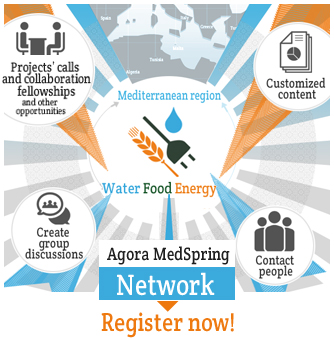
Energy islands: Symbols of transformation and independence
Malta epitomises the value of islands in leading the transition to cleaner sources of energy, and ultimately in symbolising the potential for energy independence, writes Stuart Reigeluth.
Stuart Reigeluth is the founder of Revolve Media, a communication agency which aims to accelerate the energy transition and foster cultures of sustainability.
South of Sicily, east of Tunisia, north of Libya, Malta seems far from Europe as the Mediterranean Member State par excellence, encapsulating all the dynamic hybridity of cultural exchange between the different sides of the sea. But it’s not so much its geographic location that make Malta fitting for representing the energy transition, rather that it is essentially a big limestone sitting on an aquifer, meaning that it’s water and energy sources are paramount to its survival.
Like most islands, Malta has been nearly 100% dependent on imported fossil fuels. And in addition, being located on a limestone, Malta relies on numerous desalination plants to provide clean water to its inhabitants and tourists. The problem with desalination is that it takes all the minerals out of the water (most people end up buying bottled water for drinking) and the process is very energy-intensive, which means more pollution and waste if renewables are not integrated properly.
The four EU member states that are actual islands helped propel the Political Declaration on Clean Energy for Islands that was signed by 14 Member States at an informal inter-ministerial meeting on 18-19 May. The declaration states that “EU islands can be the architects of their own energy transition”, implying an integration of renewables and energy efficient measures. Sardinia and Sicily have the highest level of renewables.
Energy islands are symbolic of the energy transformation and the potential for energy independence from imported fossil fuels.
Read the full article by Stuart Reigeluth via Euractiv.
[Photo by Giuseppe Milo | Flickr]







